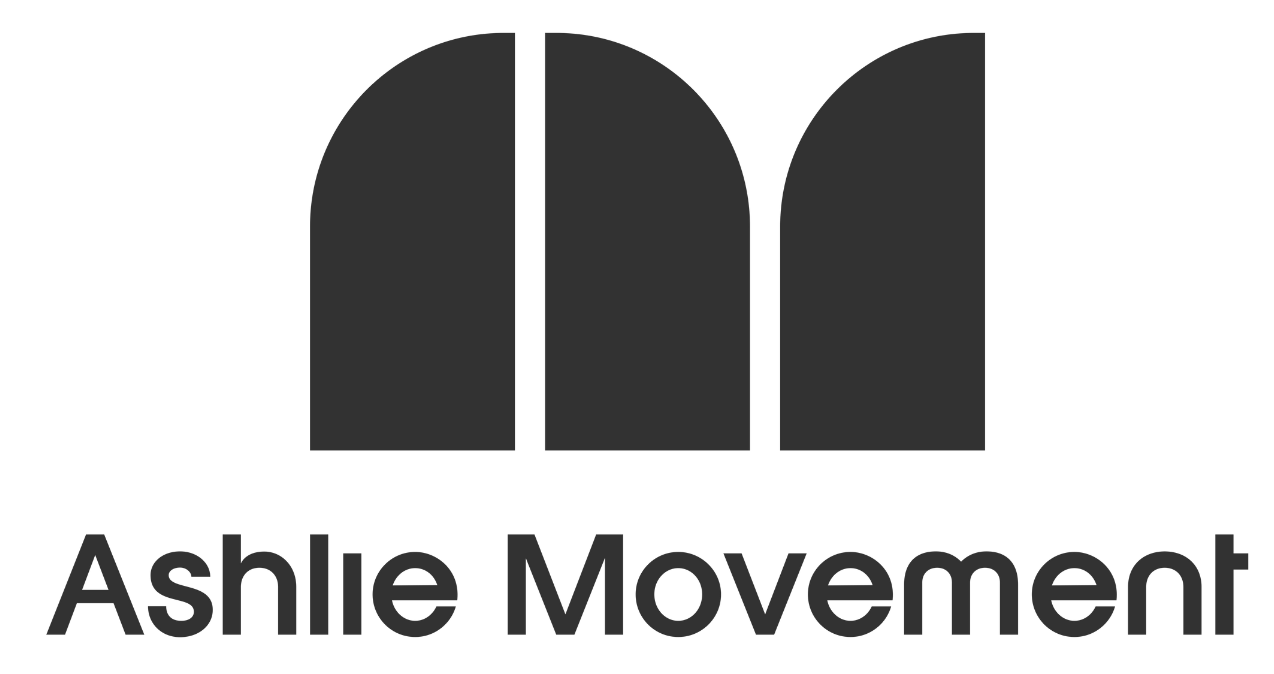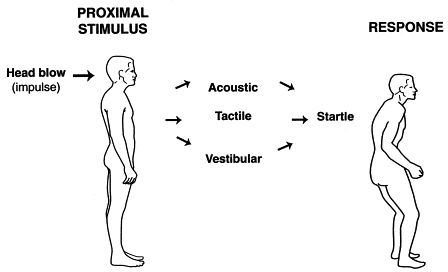What Your Posture Reveals About Your Health (and How to Improve It)
Have you ever noticed how someone's posture can say so much about them? A commanding stance – open and dynamic – radiates confidence and invites connection. Yet, a hunched, withdrawn posture can signal insecurity, disinterest or even physical discomfort.
Posture is more than how our bodies are aligned – or misaligned. It can offer a window into our overall health and well-being.
Beyond the Surface: Posture as a Biomechanical Snapshot
Good posture is a byproduct of optimal movement and well-being, not the other way around. It's a visual representation of how efficiently your body moves and operates, and even reveals clues about your lifestyle habits.
Someone who sits hunched over a computer all day will likely have a different posture than someone who engages in activities. Poor posture can also be a consequence of repetitive motions or even lifting heavy weights, leading to compression on the spine.
So what exactly does good posture look like?
Spinal alignment: Imagine a gentle "J" shape, not a pronounced "S" curve.
Horizontal lines: No tilting of the hips or shoulders.
Open chest and wide back: This indicates good space in the ribcage for optimal breathing.
Alert eyes and a neck aligned with the spine: No craning or hunching forward.
Wide ribcage: Allows for full and unrestricted breathing.
Posture and Your Emotional Wellbeing
Interestingly, posture isn't just about physical mechanics – it can also reflect our emotional state. When we're stressed or feeling defensive, our bodies subconsciously try to protect themselves as a survival mechanism. This can manifest as hiking our shoulders, rounding the upper back and essentially shrinking inward in a subconscious effort to protect our most vital organs from the ‘attack’ we perceive. And in modern-day society that fuels our fight or flight response, this posture is all too common. The more stressed we become, the more we collapse and the shallower our breathing. Upper-chest breathing, as opposed to deep diaphragmatic breathing, further restricts the ribcage and collapses the core.
Beyond the Physical: Posture and Cellular Health
There's even a deeper connection between posture and cellular health. The theory of cell stasis suggests that compromised posture can lead to adhesions and restrictions in the fascia, the connective tissue that permeates our bodies. This can misalign cells and disrupt the flow of information throughout the body. When the fascia is compressed, dehydrated, and full of adhesions, cells can't function optimally, potentially contributing to the development of various health issues.
Unlocking Optimal Health Through Posture: A Three-Step Approach
So, how can you achieve optimal posture and unlock the health benefits that come with it? Here's a three-step approach:
Start with the Breath: Think of your breath as the foundation of good posture. Focus on diaphragmatic breathing, where your belly expands with each inhale and contracts with each exhale. This helps open up the chest cavity and promotes proper ribcage positioning. Practice releasing the tension in your breathing muscles and train yourself to breathe deeply through your nose.
Release the Fascia: Tight, restricted fascia can pull your body out of alignment. Myofascial release techniques help to "melt" away these restrictions and adhesions, restoring balance and allowing your body to move freely. Gentle sustained pressure with a ball or roller is a great way to achieve this.
Move Optimally: Once your breathing is optimized and your fascia is released, it's time to create new movement patterns that honor your body's natural biomechanics. Forget about isolated exercises that put undue stress on specific muscle groups. Instead, focus on functional movements that engage multiple muscle groups and mimic the body's natural way of moving.
Taking the Next Step: Unlocking Your Full Potential
This three-step approach serves as a foundation for achieving optimal posture and unlocking the well-being benefits that come with it. However, there's always more to learn and explore. My coaching program delves deeper into these principles, providing you with personalised guidance and a structured approach to achieving lasting improvements in your posture, movement, and overall health.


